Prong collars, also known as pinch collars or training collars, are a popular tool among dog owners for addressing behavioral issues like pulling on the leash or leash reactivity.
In this article, we will explore the advantages of using prong collars, delve into the thriving market for these training tools, and most importantly, answer the vital question of how tight a prong collar should be.
Walking your dog can be a joyous experience, but it can also be a frustrating one if your dog pulls on the leash.
Fortunately, there are tools available that can effectively train your dog to walk well on a leash.
One such tool is a dog prong collar. This type of collar is designed to distribute pressure evenly around your dog's neck when they pull, making it an effective training collar for dogs who tend to tug and pull while walking.
It's essential to use a prong collar properly to avoid injury to your pup, and many dog owners choose to use a regular collar as a back up collar in case the prong collar fails.
As with all dog collars, it's important to make sure they fit correctly and comfortably for your furry friend, so they can wear them with ease.
How Tight Should A Prong Collar Be
Advantages of Prong Collars:
Prong collars offer several advantages for dog owners seeking effective behavior modification. They provide a means of communication between the owner and the dog, allowing for precise corrections that are gentle yet effective.
By mimicking the natural biting of a mother dog, prong collars grab the dog's attention, discouraging unwanted behaviors without causing harm.
Prong collars, when used correctly and under the guidance of a professional dog trainer, offer certain advantages in specific training situations.
These collars, designed with a series of interlocking metal links, provide more even pressure around a dog's neck, mimicking the natural correction a mother dog might give to her pups.
The primary advantage is the clear communication they offer between the handler and the dog.
The evenly distributed pressure helps in signaling corrections more effectively, especially for larger or stronger dogs that may be harder to control with standard collars.
When fitted properly and used sparingly, prong collars can assist in teaching leash manners and deterring pulling, offering quick feedback without causing harm when used appropriately.
However, it's crucial to remember that positive reinforcement and other training methods should always remain the foundation of a dog's training, and prong collars should only be used as a temporary training aid under professional guidance to avoid any potential misuse or harm to the dog
Popularity and Market Growth:
The popularity of prong collars has surged in recent years, leading to a thriving market in the pet industry.
Pet owners have recognized their effectiveness in training and behavior correction.
With a wide range of options available, including different styles and materials, prong collars cater to the diverse needs of dog owners worldwide.
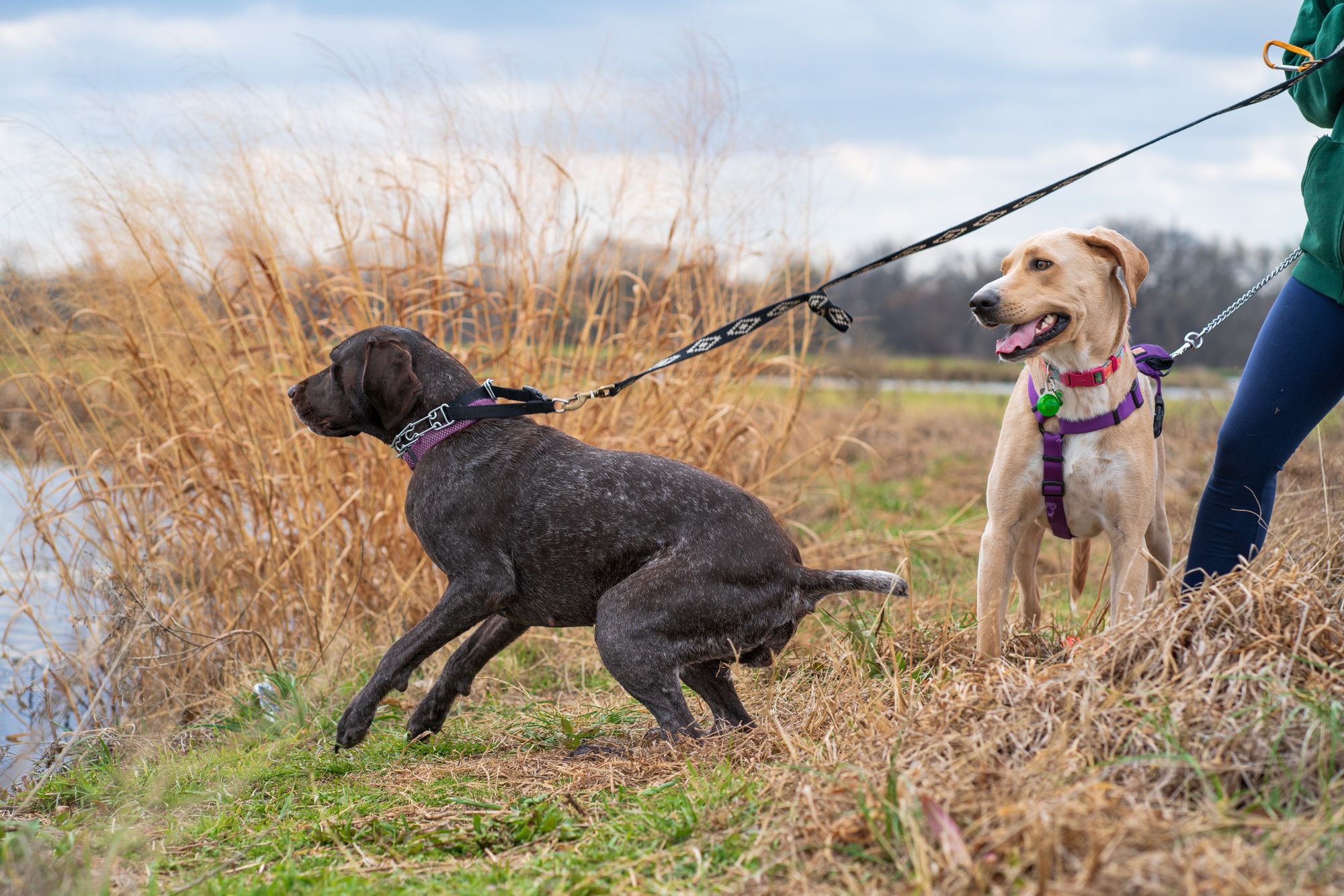
Understanding Proper Tightness:
Determining the correct tightness of a prong collar is crucial for both effective communication and the well-being of your dog.
Wearing it too loose can diminish its effectiveness while wearing it too tight can lead to discomfort or injury.
Ensuring the proper fit of a prong collar is crucial for its safe and effective use in dog training.
The correct tightness of the prong collar plays a significant role in its function, allowing for clear communication between the handler and the dog without causing discomfort or harm.
To ensure the right fit, it's essential to measure the dog's neck and select an appropriate prong collar size with enough links to fit snugly around the neck without being too tight or too loose.
The collar should sit high on the dog's neck, just below the ears, and should be placed high enough to sit behind the dog's jawline.
The collar should be snug but not constricting, allowing for the links to comfortably rest against the dog's skin without causing pain or excessive pressure.
Regular checks on the fit, especially as the dog grows or if the collar loosens over time, are necessary to maintain a proper fit and prevent any discomfort or potential injury to the dog during training sessions.
Professional guidance from a dog trainer experienced in using prong collars is highly recommended to ensure the correct fit and application.
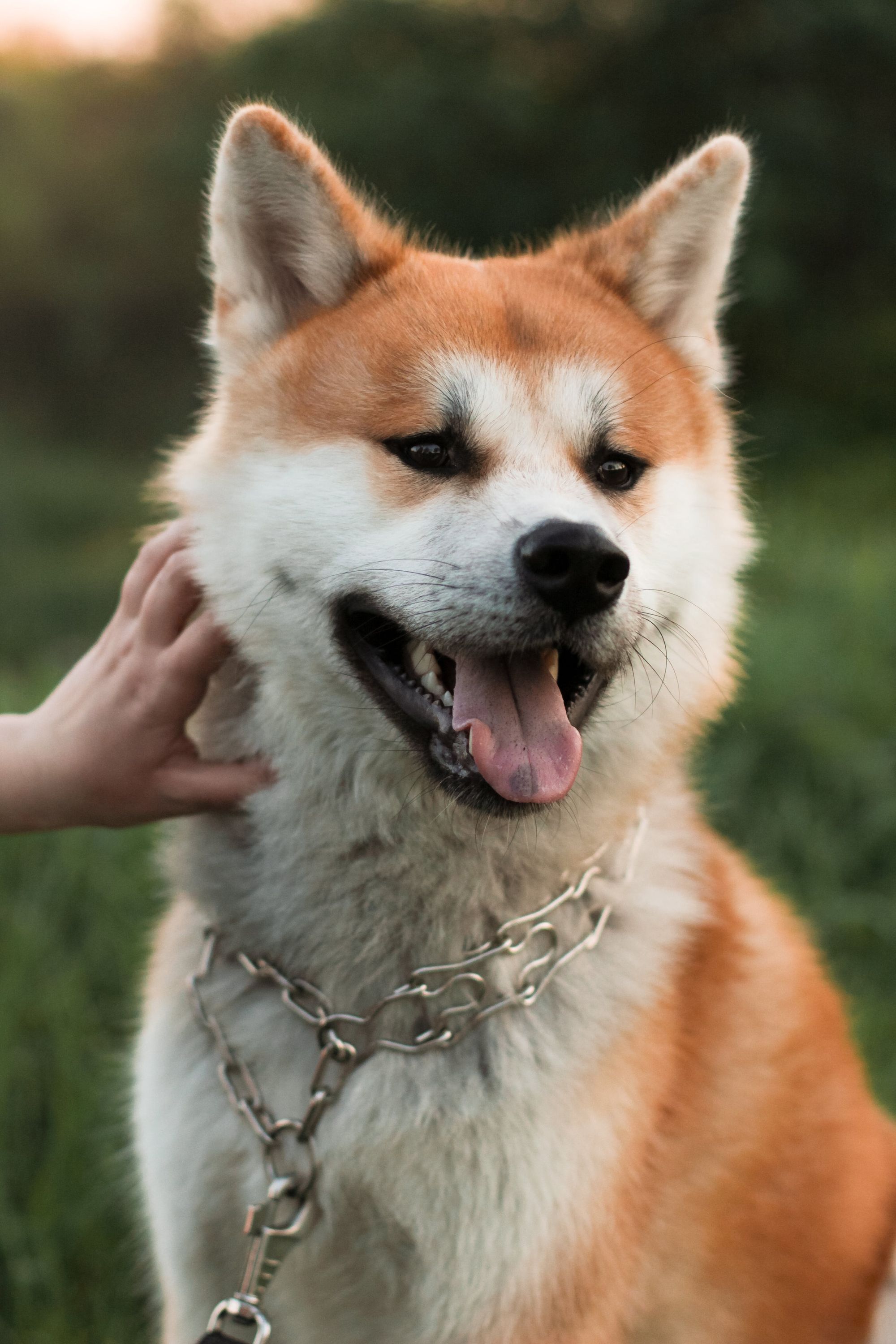
Factors Affecting Tightness:
Breed and Size:
- The tightness required may vary slightly depending on the breed and size of your dog. Smaller breeds may require a looser fit, while larger breeds may need a slightly tighter adjustment.
- Placement: The prong collar should be positioned lower on the neck, just above the shoulders. This helps distribute the pressure evenly and prevents potential harm to sensitive areas, such as the throat.
Tips for Proper Tightness:
Visual Check:
When fitting the prong collar, ensure that it is snug but not overly tight. You should be able to fit two fingers comfortably between the collar and your dog's neck. Avoid leaving excessive slack.
Communication with your Dog:
Observe your dog's behavior during walks or training sessions. If your dog appears uncomfortable, exhibits signs of distress, or tries to remove the collar excessively, it may be too tight.
Seek Professional Advice:
For novice dog owners or those uncertain about prong collar usage, it is always advisable to consult a professional dog trainer or veterinarian for guidance and support.
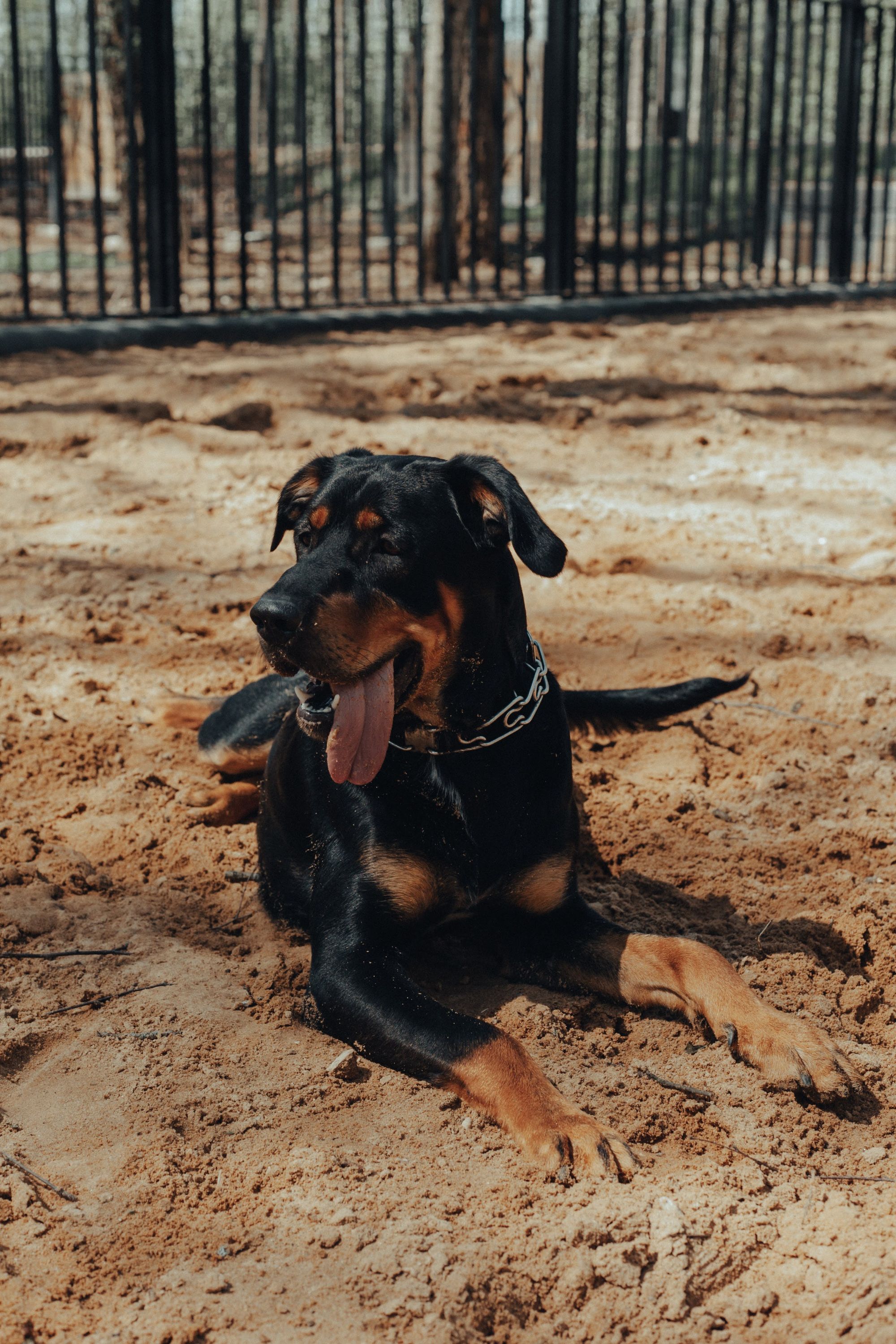
Some Final Thoughts
Prong collars, when used correctly and with the appropriate tightness, can be valuable tools for dog owners in addressing behavioral issues.
The advantages they offer, combined with proper understanding and usage, make them an effective means of communication and behavior modification.
Remember, the well-being and comfort of your furry friend should always be a top priority.
FAQ's
What is a prong collar, and how does it work?
A prong collar is a training tool designed with interlocking metal links that distribute pressure evenly around a dog's neck. When used correctly, it provides a gentle, yet firm, correction akin to a mother dog's correction to her pups.
How should a prong collar fit on a dog's neck?
A prong collar should sit high on the dog's neck, just below the ears, and be placed high enough to sit behind the dog's jawline. It should fit snugly but not be too tight or too loose, allowing for the links to rest comfortably against the dog's skin without causing pain or pressure.
What is the correct tightness for a prong collar?
The prong collar should be snug but not constricting. It's crucial that it is neither too loose nor too tight to ensure the effectiveness of communication without causing discomfort or injury to the dog.
How can I measure my dog for the correct prong collar size?
To measure, use a tape measure or a piece of string around your dog's neck, high up, just below the ears, and add a couple of inches for proper fit. The collar should have enough links to fit comfortably around the dog's neck.
Can leaving a prong collar on for an extended period harm the dog?
Leaving the prong collar on for an extended period can cause skin irritation or sores. It's recommended to use the prong collar only during training sessions and remove it afterward.
How often should I check the fit of the prong collar on my dog?
Regularly check the fit of the prong collar, especially as the dog grows or if the collar loosens over time. Make sure it sits properly on the neck without causing discomfort.
Is it safe to use a prong collar on all dog breeds?
Prong collars can be used on most breeds, but it's essential to consider the individual dog's temperament and consult a professional trainer before using this tool, especially with more sensitive or smaller breeds.
Can a prong collar be used on puppies?
It's generally not recommended to use a prong collar on puppies as their necks are delicate and still developing. Positive reinforcement training methods are usually more suitable for puppies.
Is a prong collar or pinch collar cruel or painful for dogs?
When used correctly, prong collars provide gentle yet effective communication. Improper use or fitting can cause discomfort or harm, which is why proper guidance and fitting are crucial.
Can I use a prong collar as the sole training tool for my dog?
Prong collars should not be the sole training tool. Positive reinforcement methods and proper training should be the primary focus, with the prong collar being used as a temporary aid under professional guidance.
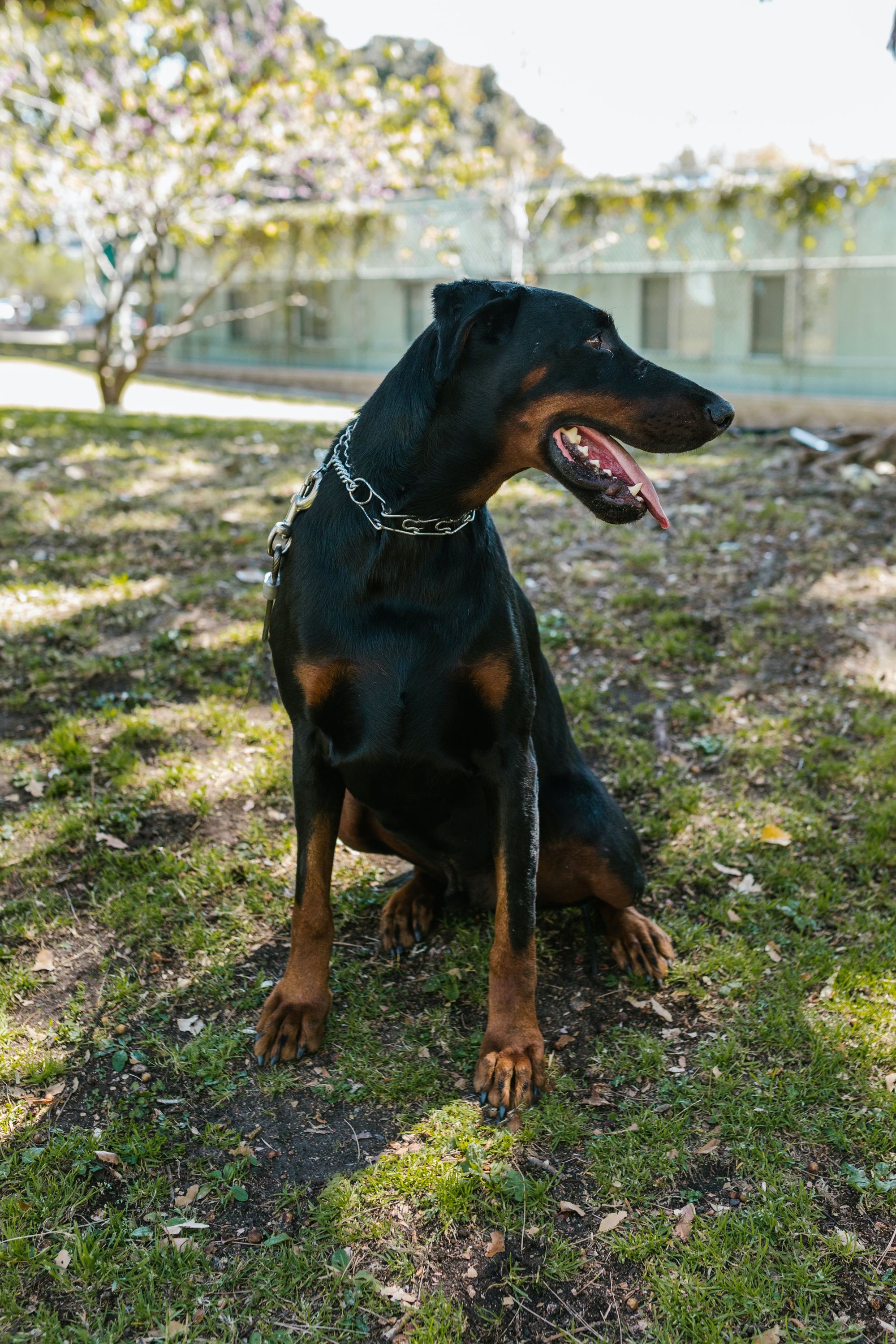
Conclusion
Are you having trouble figuring out how tight should a prong collar be? Well, fear not my fellow dog parent, because I am here to help!
The pinch collar, otherwise known as the prong collar, choke chain, and even the dead ring, has been a popular training tool for years.
However, we must use the prong collar correctly. No, that does not mean we have to pull it so tight that we can see our dog's ears pop out like a cartoon character.
That's the opposite of what we want! We want to avoid putting pressure on the dog's head altogether and instead focus on the neck.
Oh, and you can ditch the flat collar while you're at it - it's about as useful as a backup collar on a sunny day.
Stick with training collars like the Herm Sprenger prong collar, but make sure to adjust it correctly.
Remember, training tools are only effective if we use them correctly - unlike those tricky math equations we learned in high school.
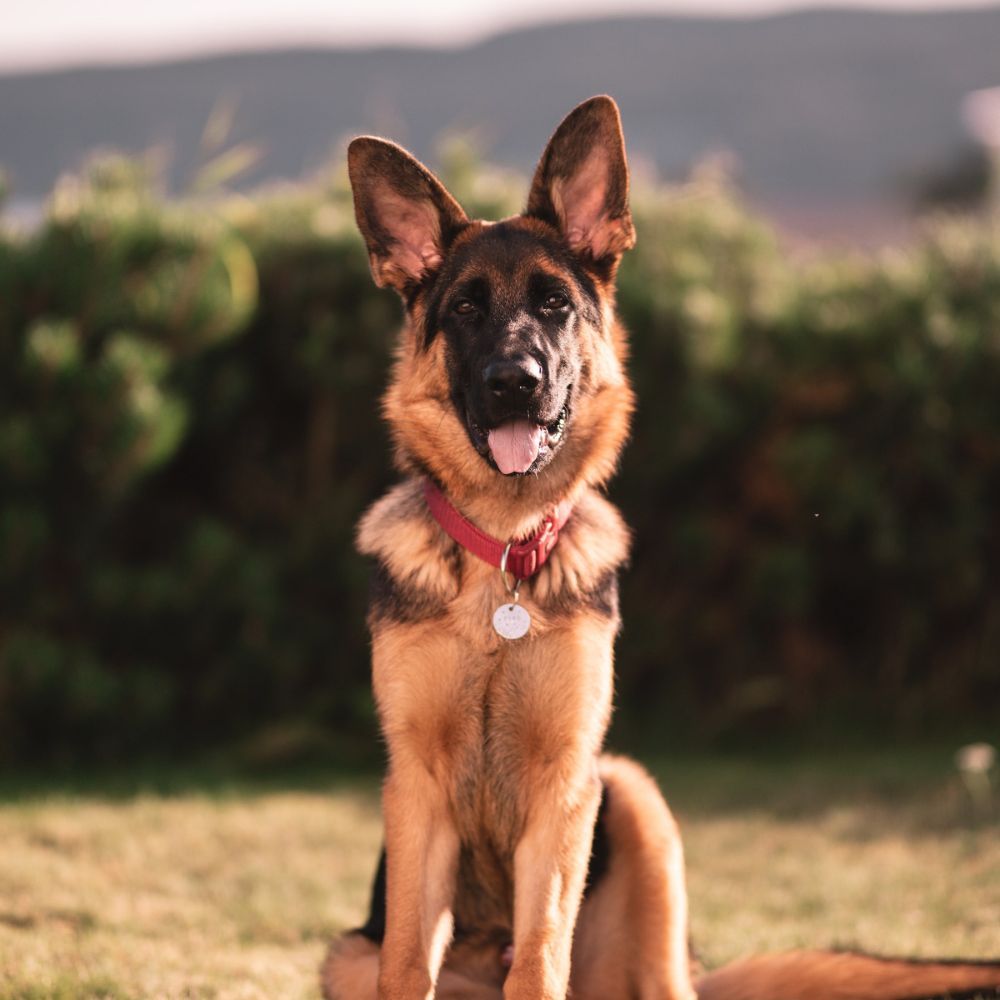

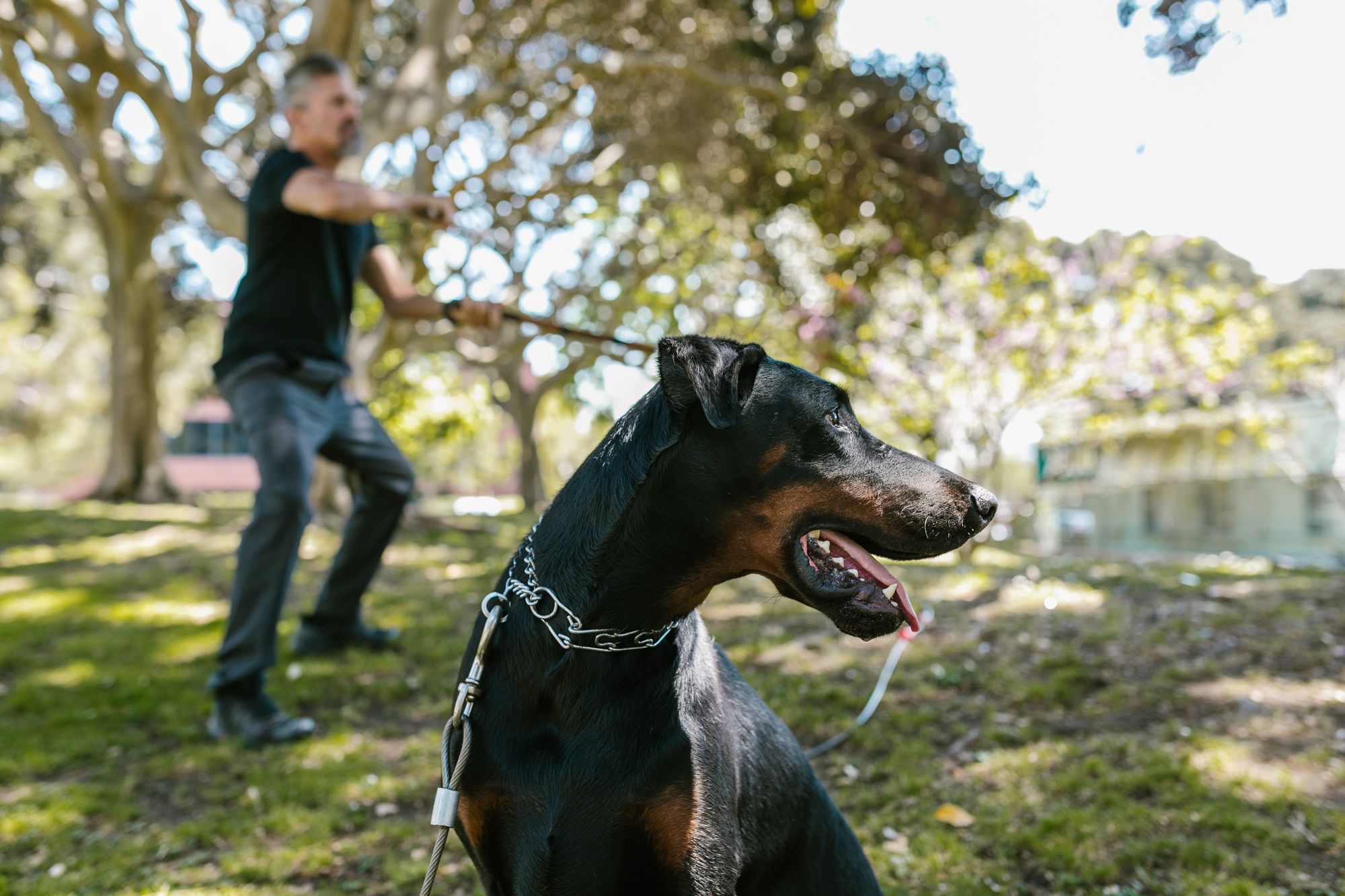




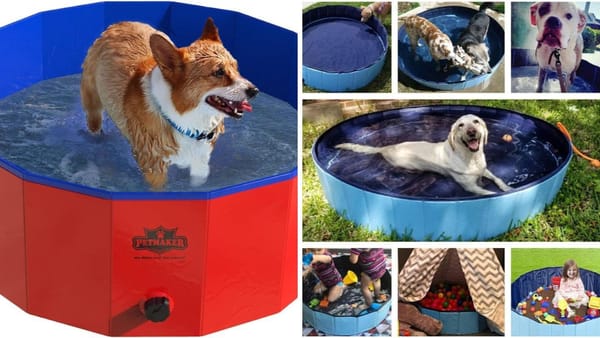




Member discussion